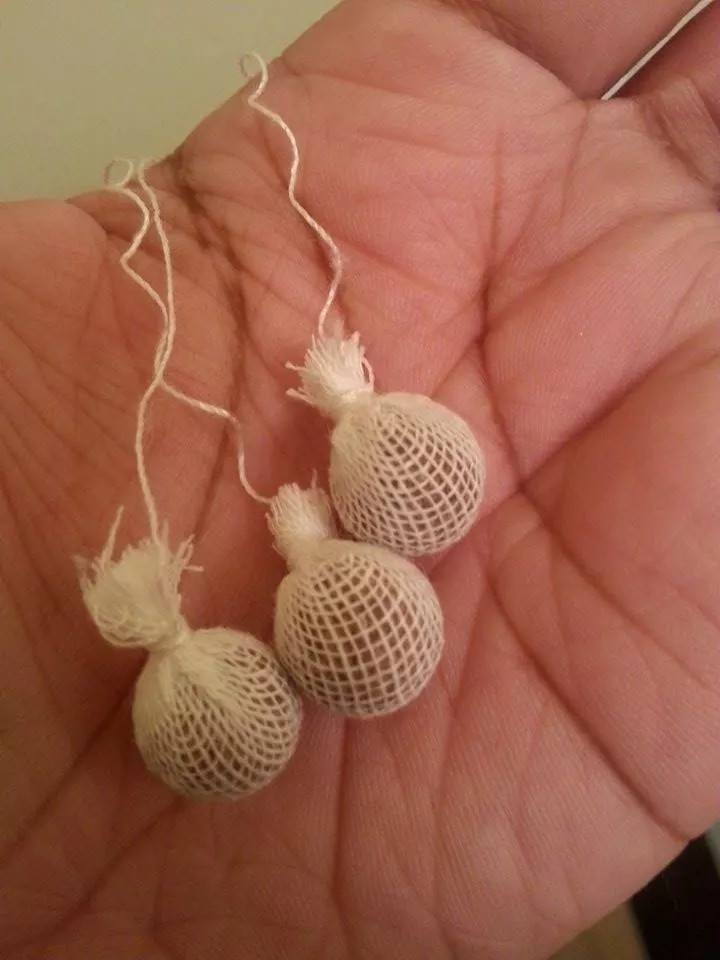Most people have no idea what the clitoris really looks like. Not out of intentional ignorance, but simply because we are never taught.
The part of the clitoris that's visible from the outside of the body is relatively small compared to the structures inside.
The part that you can see is mostly what's called the glans of the clitoris, which is homologous to the glans of the penis. This means that they both come from the same original embryonic tissue (see previous post from last week).
The glans tends to be the most sensitive part of the clitoris, although research (and lots of anecdotal evidence) shows that stimulation of the interior part of the clitoris through pressure from penetration of the vagina and even the rectum can also provide intense pleasure. This type of stimulation can result in what's known as g-spot orgasms.
On average, clitorises are about 25mm long, 5mm wide, and protrude between 3mm-10mm from the body. Keep in mind, though, that these are averages - there are clitorises that are smaller and larger, and that's completely ok.
Given that the clitoris is the only part of the body in either males or females that's sole purpose is to provide pleasure, it's surprising that most people have no idea what it really looks like. In France, that's about to change.
From The Guardian:
This is a 3D model of a clitoris – and the start of a sexual revolution
by Minna Salami
It looks like a tulip emoji, but this anatomically accurate clitoris will aid education and debunk myths that have repressed women’s sexuality for centuries.
This month, pupils across France will be able to use the first full-size anatomical model of a clitoris in their sex education classes. Considering all the technological, medical and scientific achievements humans have made, this seems to have taken a long time. The distribution of this model has been possible due to 3D printing technology; but even three-dimensional MRI scans, which previously produced the most accurate representations of the clitoris, only became available in 2009.
But it was worth the wait. The truth is, you might struggle to gain pleasure from a tool you don’t even know you have. In 2016, women finally know without speculation what the whole of their sexual organ looks like; and for many it won’t be quite what they imagined.
You may be wondering, what’s the big deal? Is the clitoris not the “small, sensitive, erectile part of the female genitals at the anterior end of the vulva”, as Oxford Dictionaries defines it? And isn’t the real issue simply whether it brings a woman sexual gratification?
Well, decide for yourself. The popular opinion seems to be that the 3D printed clitoris resembles a wishbone. To my eyes, it also (fittingly) resembles a fleur-de-lys, or, to use a more contemporary example, a tulip emoji.
But the important thing is that it debunks myths that have repressed female sexuality for centuries.
Read the rest here: link.
And some more 3D images so that you can better see the structures:

















